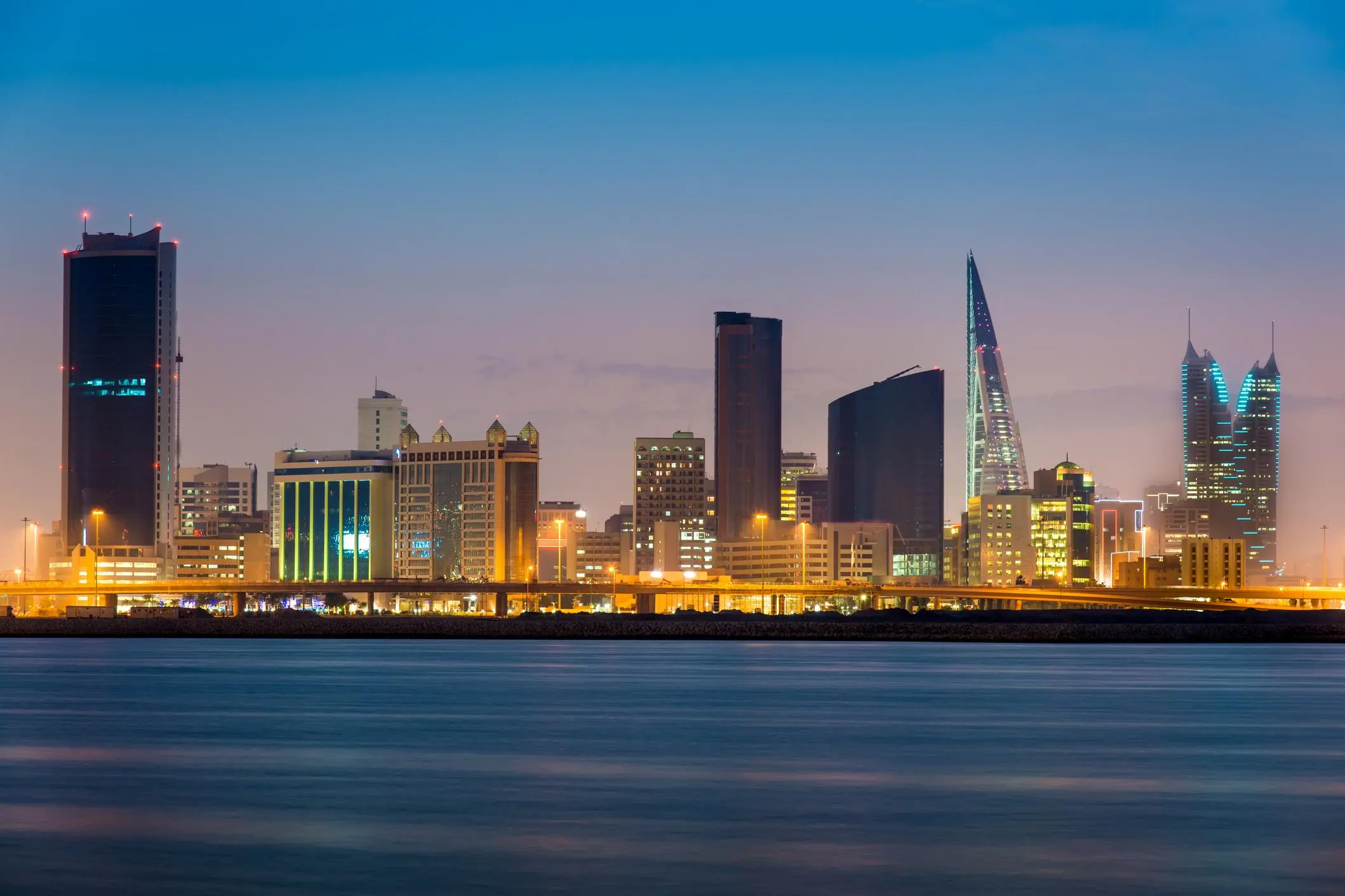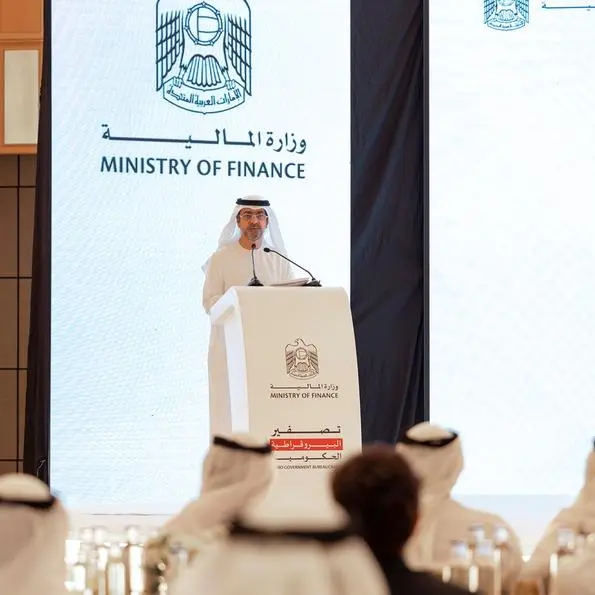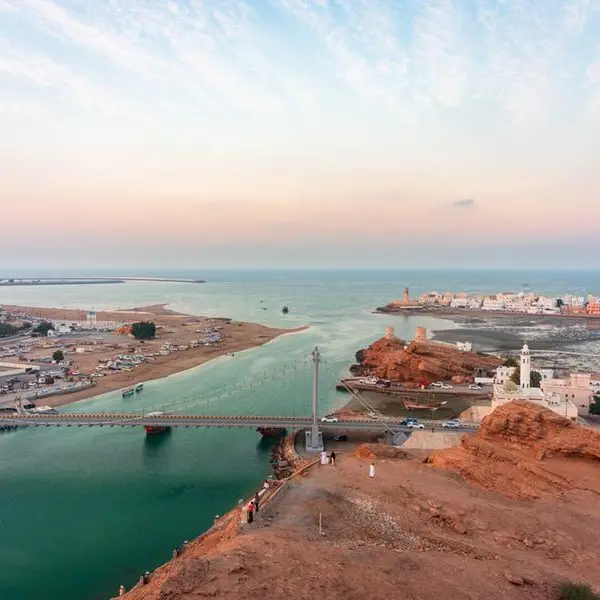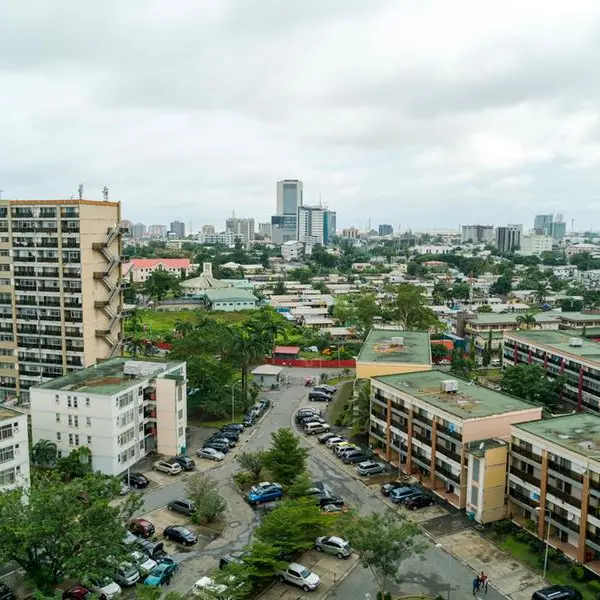PHOTO
MANAMA: Bahrain’s economy is expected to grow at 2.4 per cent this year and 3.1pc in 2022, the IMF has said in the latest update to its World Economic Outlook.
Analysing the latest report by the IMF, Kuwait-based Kamco Invest said yesterday real GDP forecast revisions for the GCC countries remain mixed for 2021 and largely positive for 2022.
Growth rates for Oman, Saudi Arabia and Kuwait have seen upward revisions of 70bps, 40bps and 20bps, respectively, and were slashed by 90bps for Bahrain and UAE and by 50bps for Qatar.
For 2022, Oman’s GDP growth underwent a steep downward revision of 450bps to 2.9pc while average growth for the overall region is expected to be around 3.7pc.
The GDP forecast for the Mena region is also unchanged for 2021 at 4.1pc and was raised for 2022 by 40 bps to a constant growth rate of 4.1pc.
The unchanged forecast for 2021 reflected better growth in some commodity exporters offset by the impact of pandemic.
Growth prospects for some oil exporters in the region were lowered for 2021, which resulted in a 10 bps downward revision for the oil exporting group to a growth of 4.5pc.
For the oil importers, growth was raised by 120bps to a growth of 3.6pc in 2021.
The report notes scars of the Covid-19 pandemic are seen affecting the pace of growth in 2021, with the effects of the Delta variant mainly affecting output in low income countries.
The revisions also reflected the impact of access of vaccine and the pace of vaccination with countries with higher rates of vaccination expected to grow faster than countries that are still struggling to vaccinate the bulk of the population.
Moreover, the lasting impact of the pandemic also led to supply chain disruption that is reflected in the rising inflation rates and commodity prices.
The IMF highlighted that although the aggregate World GDP forecast underwent a marginal revision, the changes in growth forecasts for some countries were significant.
World GDP is now expected to clock a growth of 5.9pc in 2021 vs. the previous expectation of 6pc growth, whereas the growth in 2022 was unchanged at 4.9pc.
Consumer prices are expected to remain elevated in the near-term, at least till the end of 2021 and are expected to decline to pre-pandemic levels of around 2pc by mid-2022, according to the IMF.
Moreover, the release of excess savings that was accumulated during the pandemic can also result in higher private spending, that would further support inflation.
The higher inflation numbers are contributed by both core inflation and headline inflation constituents, but food and energy prices are main reasons for the increase.
The IMF once again highlighted the importance of vaccinations and its impact on global growth.
The difference in vaccination rates is expected to further reinforce the divergence in economic progress.
Moreover, the delay in containing the spread of virus also poses a threat to health and economic recoveries across the globe.
Meanwhile, in a report on Mena economies, the Institute of International Finance (IIF) said it expects the real GDP growth to pick up to 2.2pc in 2021 and 4.9pc in 2022.
© Copyright 2020 www.gdnonline.com
Copyright 2021 Al Hilal Publishing and Marketing Group Provided by SyndiGate Media Inc. (Syndigate.info).























